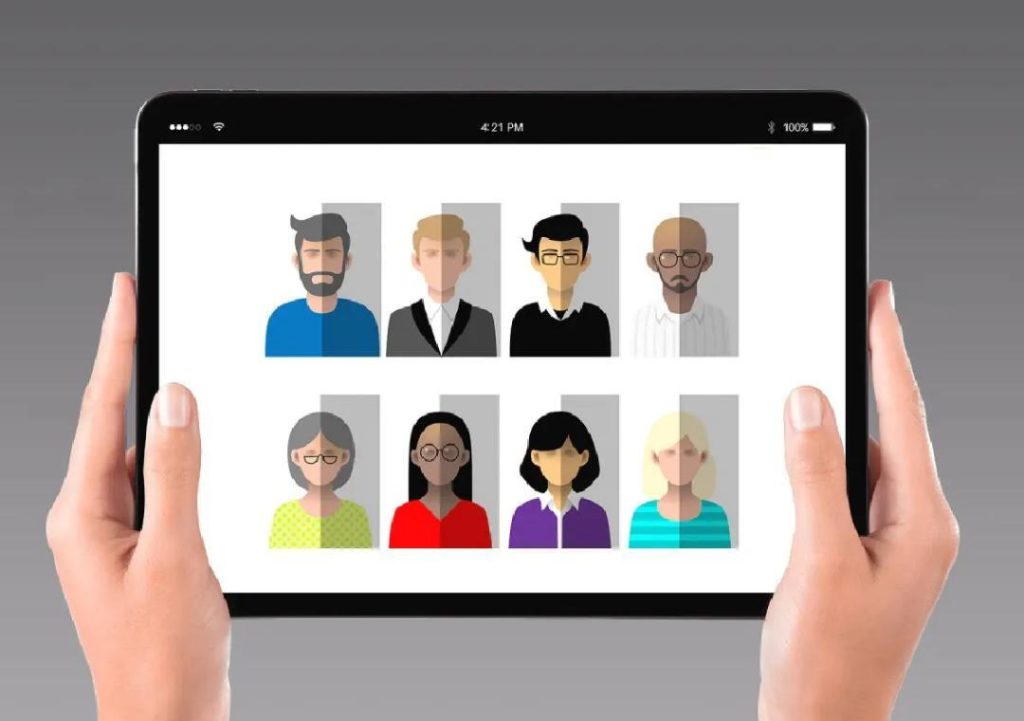
How Can CRM Tools Help Build Accurate Buyer Personas?
When it comes to crafting buyer personas, many businesses rely on assumptions and guesswork. They might survey their existing customers, gather feedback from social media, or conduct focus groups to get a sense of their target audience. While these methods can provide some insight, they often lack the depth and accuracy that comes from observing real buyer behavior.
This is where CRM (Customer Relationship Management) tools come in. By leveraging the data captured by CRM systems, businesses can create buyer personas that are rooted in actual data, rather than assumptions. In this post, we’ll explore how CRM tools can help build accurate buyer personas and the benefits that come with it.
What Do CRM Tools Capture?
CRMs are designed to capture a wide range of data points about customer interactions, including:
- Purchase history and frequency
- Product interest and browsing behavior
- Support queries and resolutions
- Communication preferences and channels
- Demographic and firmographic information
By analyzing this data, businesses can gain a comprehensive understanding of their customers’ needs, behaviors, and preferences. This information can then be used to segment contacts by frequency, value, and lifestyle, providing a clear picture of their target audience.
Benefits of Using CRM Data for Buyer Personas
So, why is using CRM data for buyer personas so beneficial? Here are a few reasons:
- Accuracy: CRM data is based on real customer behavior, rather than assumptions or surveys. This means that the personas created from this data are more accurate and representative of your target audience.
- Comprehensive: CRM data captures a wide range of information about customer interactions, providing a more complete picture of their needs and behaviors.
- Actionable: With CRM data, businesses can identify specific pain points, interests, and behaviors that inform product design, messaging, and marketing timing.
- Evidence-Based: CRM data provides a clear, data-driven foundation for buyer personas, rather than relying on guesswork or assumptions.
How to Use CRM Data for Buyer Personas
So, how can businesses use CRM data to create accurate buyer personas? Here are a few steps to follow:
- Integrate CRM Data: Make sure that your CRM data is integrated with other customer-facing systems, such as marketing automation and sales platforms.
- Analyze Data: Use data analysis tools to segment contacts by frequency, value, and lifestyle, and identify patterns and trends in customer behavior.
- Identify Key Insights: Identify key insights and pain points that emerge from the data, such as common support queries or product interests.
- Develop Personas: Use these insights to develop buyer personas that include demographic and firmographic information, as well as behavioral and interest-based information.
- Refine and Update: Refine and update your personas regularly as new data becomes available, ensuring that they remain accurate and relevant.
Case Study: Using CRM Data for Buyer Personas
At GrowthJockey, we worked with a B2B software company that was struggling to create effective buyer personas. They had tried surveys and focus groups, but found that the resulting personas were inaccurate and didn’t reflect their target audience’s needs.
We recommended using their CRM data to create buyer personas, and worked with their team to analyze and segment their contacts. The results were impressive:
- They found that their most valuable customers were often small to medium-sized businesses in the tech industry, who were looking for software solutions to streamline their operations.
- They identified common pain points and interests, such as ease of use and scalability.
- They developed buyer personas that included demographic and firmographic information, as well as behavioral and interest-based information.
The resulting personas guided their marketing and sales efforts, allowing them to target their messaging and product design more effectively. As a result, they saw significant increases in conversions and customer satisfaction.
Conclusion
When it comes to creating accurate buyer personas, CRM tools are a valuable resource. By capturing real buyer behavior, purchase triggers, product interest, and support queries, businesses can gain a comprehensive understanding of their target audience. By segmenting contacts by frequency, value, and lifestyle, teams can craft personas that are rooted in actual data, rather than assumptions.
The benefits of using CRM data for buyer personas are clear: accuracy, comprehensiveness, actionability, and evidence-based decision-making. By following the steps outlined in this post, businesses can create buyer personas that guide their marketing, sales, and product design efforts, and drive real results.
Source:
https://www.growthjockey.com/blogs/buyer-persona-using-crm-tools






